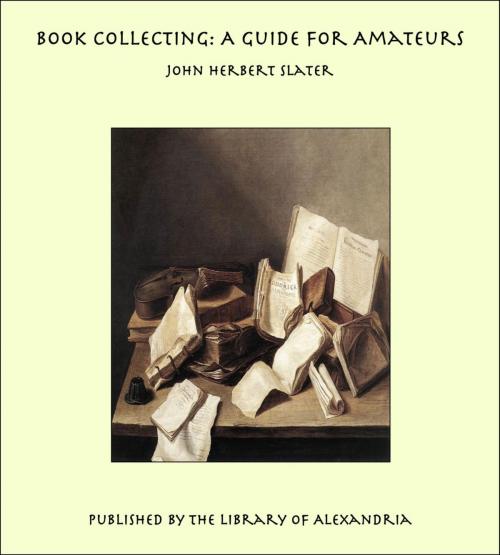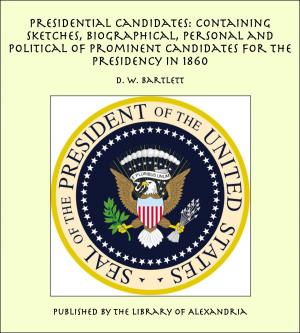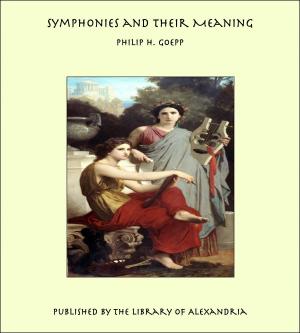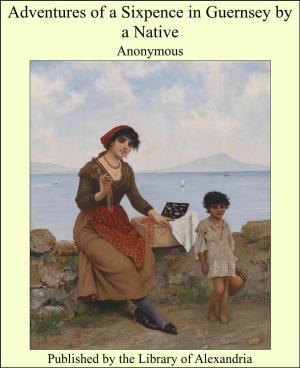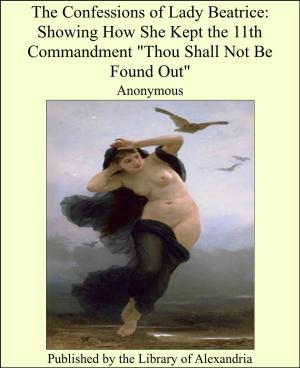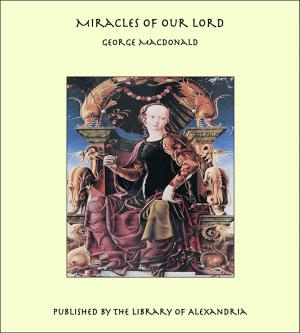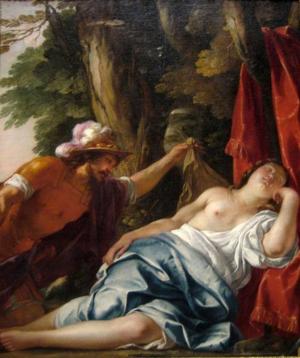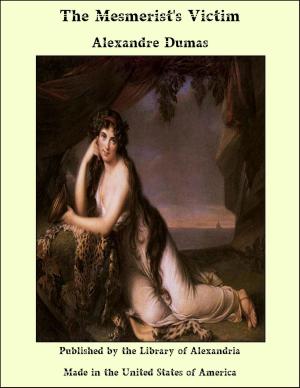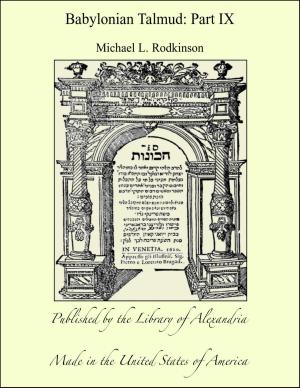Book Collecting: A Guide for Amateurs
Nonfiction, Religion & Spirituality, New Age, History, Fiction & Literature| Author: | John Herbert Slater | ISBN: | 9781465544711 |
| Publisher: | Library of Alexandria | Publication: | March 8, 2015 |
| Imprint: | Language: | English |
| Author: | John Herbert Slater |
| ISBN: | 9781465544711 |
| Publisher: | Library of Alexandria |
| Publication: | March 8, 2015 |
| Imprint: | |
| Language: | English |
THE Bibliophile, as he is somewhat pedantically termed, probably dates his existence from the time when books began to be multiplied in sufficient quantities to render the acquisition of duplicate copies by the public a matter of possibility, but his opportunities of amassing a large number of volumes can hardly be said to have arisen until many years after the invention of printing. The most ancient manuscript extant has been identified with the reign of Amenophis, who ruled in Egypt no less than 1600 years before the Christian era, and this manuscript, old as it is, shows such superior execution that there can be little, if any, doubt that caligraphy in its oldest—that is, its hieroglyphic—form must be referred for its origin to a period still more remote. Diodorus Siculus relates that Rameses II. founded a library in one of the chambers of the Memnonium at Thebes, and deposited therein the 42 sacred books of Thoth, which had they been in existence now would be nearly 5000 years old. In those days, however, education was looked upon as the peculiar property of the priesthood; the library had sealed doors; even the very books themselves must have been wholly unintelligible to all but the favoured few whose duty it was to preserve them with religious care. All the early Egyptian manuscripts extant have served in their day an ecclesiastical rather than a secular object, and all of them abound with mythological stories more or less recondite. To use the art of writing for any less sacred purpose would have been held disrespectful to the educated class and resented accordingly. Ptolemy Sotor, who reigned over Egypt about the year 280 B.C., appears to have been the first to break through the artificial barrier which the priestcraft of age upon age had succeeded in building up; and his magnificent twin library at Alexandria, known as the Bruchium and Serapeum, which was partly stocked with the confiscated books of travellers who touched at the port, became in course of time the most famous in the world, and would most probably have been so at this day had it not been destroyed by Theodosius and his army, as a sacrifice at the shrine of ignorance and superstition. With the destruction of the library at Alexandria, containing, as it did, books which can never be replaced, the literary importance of the Egyptians came to an end; thenceforward all that remained was the consciousness of having instructed others better able to preserve their independence than they were themselves. Yet after all it is somewhat extraordinary that Egypt should have been not merely the first to encourage a love of literature, but also the last; for simultaneously with the destruction of the Bruchium and Serapeum were ushered in the first centuries of the dark ages
THE Bibliophile, as he is somewhat pedantically termed, probably dates his existence from the time when books began to be multiplied in sufficient quantities to render the acquisition of duplicate copies by the public a matter of possibility, but his opportunities of amassing a large number of volumes can hardly be said to have arisen until many years after the invention of printing. The most ancient manuscript extant has been identified with the reign of Amenophis, who ruled in Egypt no less than 1600 years before the Christian era, and this manuscript, old as it is, shows such superior execution that there can be little, if any, doubt that caligraphy in its oldest—that is, its hieroglyphic—form must be referred for its origin to a period still more remote. Diodorus Siculus relates that Rameses II. founded a library in one of the chambers of the Memnonium at Thebes, and deposited therein the 42 sacred books of Thoth, which had they been in existence now would be nearly 5000 years old. In those days, however, education was looked upon as the peculiar property of the priesthood; the library had sealed doors; even the very books themselves must have been wholly unintelligible to all but the favoured few whose duty it was to preserve them with religious care. All the early Egyptian manuscripts extant have served in their day an ecclesiastical rather than a secular object, and all of them abound with mythological stories more or less recondite. To use the art of writing for any less sacred purpose would have been held disrespectful to the educated class and resented accordingly. Ptolemy Sotor, who reigned over Egypt about the year 280 B.C., appears to have been the first to break through the artificial barrier which the priestcraft of age upon age had succeeded in building up; and his magnificent twin library at Alexandria, known as the Bruchium and Serapeum, which was partly stocked with the confiscated books of travellers who touched at the port, became in course of time the most famous in the world, and would most probably have been so at this day had it not been destroyed by Theodosius and his army, as a sacrifice at the shrine of ignorance and superstition. With the destruction of the library at Alexandria, containing, as it did, books which can never be replaced, the literary importance of the Egyptians came to an end; thenceforward all that remained was the consciousness of having instructed others better able to preserve their independence than they were themselves. Yet after all it is somewhat extraordinary that Egypt should have been not merely the first to encourage a love of literature, but also the last; for simultaneously with the destruction of the Bruchium and Serapeum were ushered in the first centuries of the dark ages
